Setting the right price for your product or service can feel like a guessing game. Price too high, and you risk scaring off potential customers; price too low, and you might leave money on the table. That’s where pricing research comes in—a set of tools and techniques designed to help businesses find that “just right” price point. In this post, we’ll break down two of the most popular survey-based pricing research methods: Gabor-Granger and Van Westendorp. We’ll explain how each works, what makes them different, and the pros and cons of each approach.
What Is Pricing Research?
Pricing research is all about understanding how much your customers are willing to pay. It uses data—often collected through surveys—to help you make informed decisions about your pricing strategy. While there are many ways to approach pricing research, survey-based methods are especially popular because they’re straightforward, cost-effective, and can be tailored to your specific audience.
The Gabor-Granger Method
The Gabor-Granger technique is a simple yet powerful way to gauge how demand changes at different price points. Here’s how it works: survey respondents are shown your product or service and asked if they would buy it at a specific price. If they say “yes,” you ask again at a higher price. If they say “no,” you try a lower price. By repeating this process across a range of prices and respondents, you can build a demand curve that shows how likely people are to buy at each price.
Benefits
Gabor-Granger is easy to set up and interpret. It gives you a clear picture of how demand shifts as price changes, which is great for forecasting sales and revenue at different price points. It’s also flexible—you can use it for almost any product or service.
Shortcomings
One limitation is that it only tests the prices you choose to include in the survey. If you miss a key price point, you might overlook an important insight. Also, because respondents know they’re being asked hypothetical questions, their answers might not always reflect real-world behaviour.
The Van Westendorp Price Sensitivity Meter
The Van Westendorp method takes a slightly different approach. Instead of asking if someone would buy at a specific price, it asks four open-ended questions:
At what price would you consider the product to be so cheap that you’d question its quality?
At what price would you consider the product to be a bargain?
At what price would you consider the product to be getting expensive, but still worth considering?
At what price would you consider the product to be too expensive to consider?
By analyzing the answers, you can identify a range of acceptable prices—what’s often called the “optimal price point.” This range helps you understand not just what people are willing to pay, but also their perceptions of value and quality.
Benefits
Van Westendorp is great for exploring a wide range of price perceptions without limiting respondents to preset options. It’s especially useful for new products or markets where you don’t have much pricing history. The method also highlights psychological price thresholds—points where a small change in price can have a big impact on perceived value.
Shortcomings
Because the questions are open-ended, some respondents may struggle to provide meaningful answers, especially if they’re unfamiliar with the product. The method also doesn’t directly measure purchase intent, so it’s best used alongside other techniques.
Which Method Should You Use?
Both Gabor-Granger and Van Westendorp offer valuable insights, but they serve slightly different purposes. If you want to understand how demand changes at specific price points, Gabor-Granger is a solid choice. If you’re more interested in exploring the range of prices your market will accept—and how price affects perceptions of value—van Westendorp is the way to go.
In practice, many businesses use both methods together to get a fuller picture. By combining the strengths of each, you can set prices with greater confidence and maximize your chances of success.
Curious about how pricing research can help your business? Get in touch with our team to learn more about our survey-based pricing solutions and how we can tailor them to your needs!
